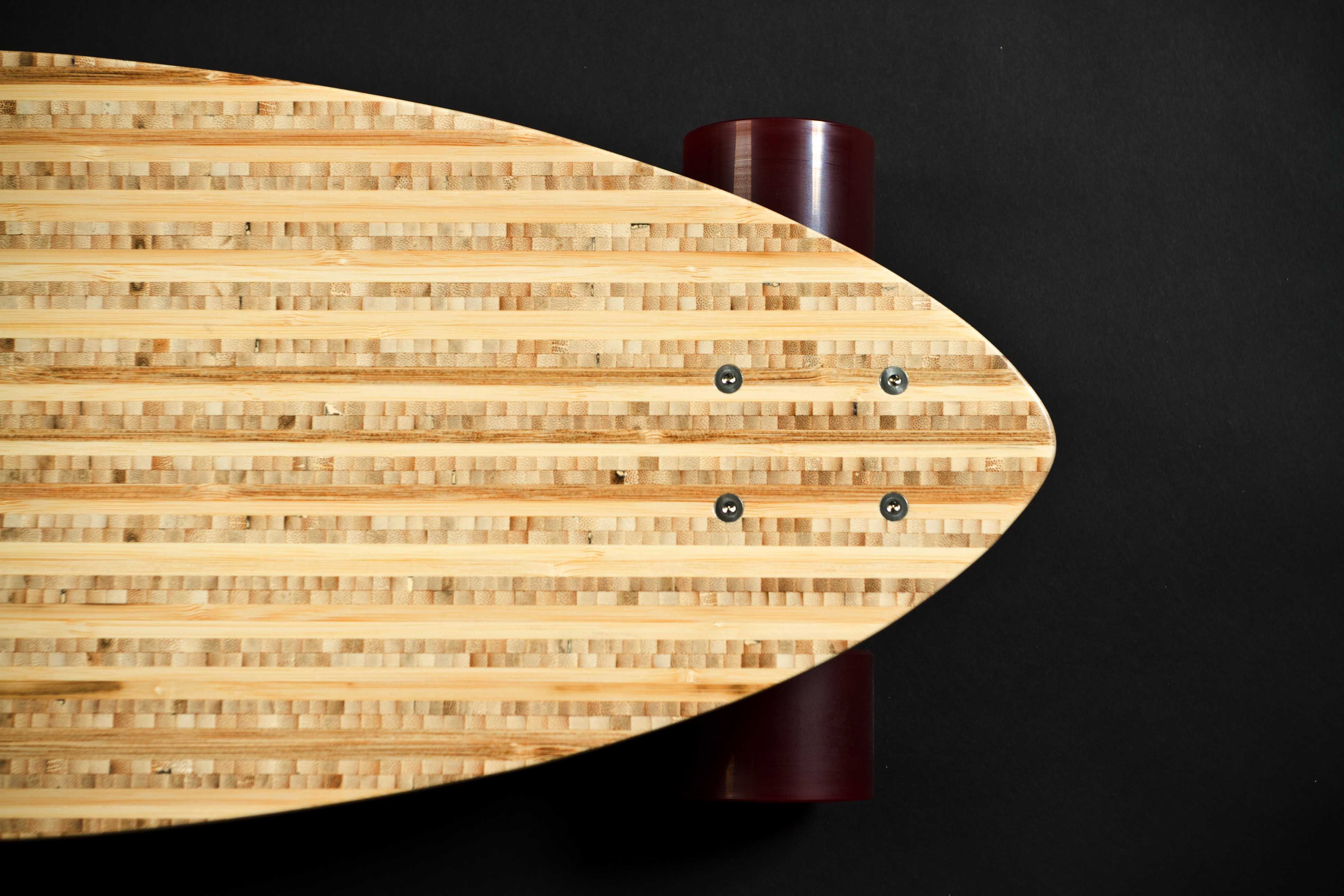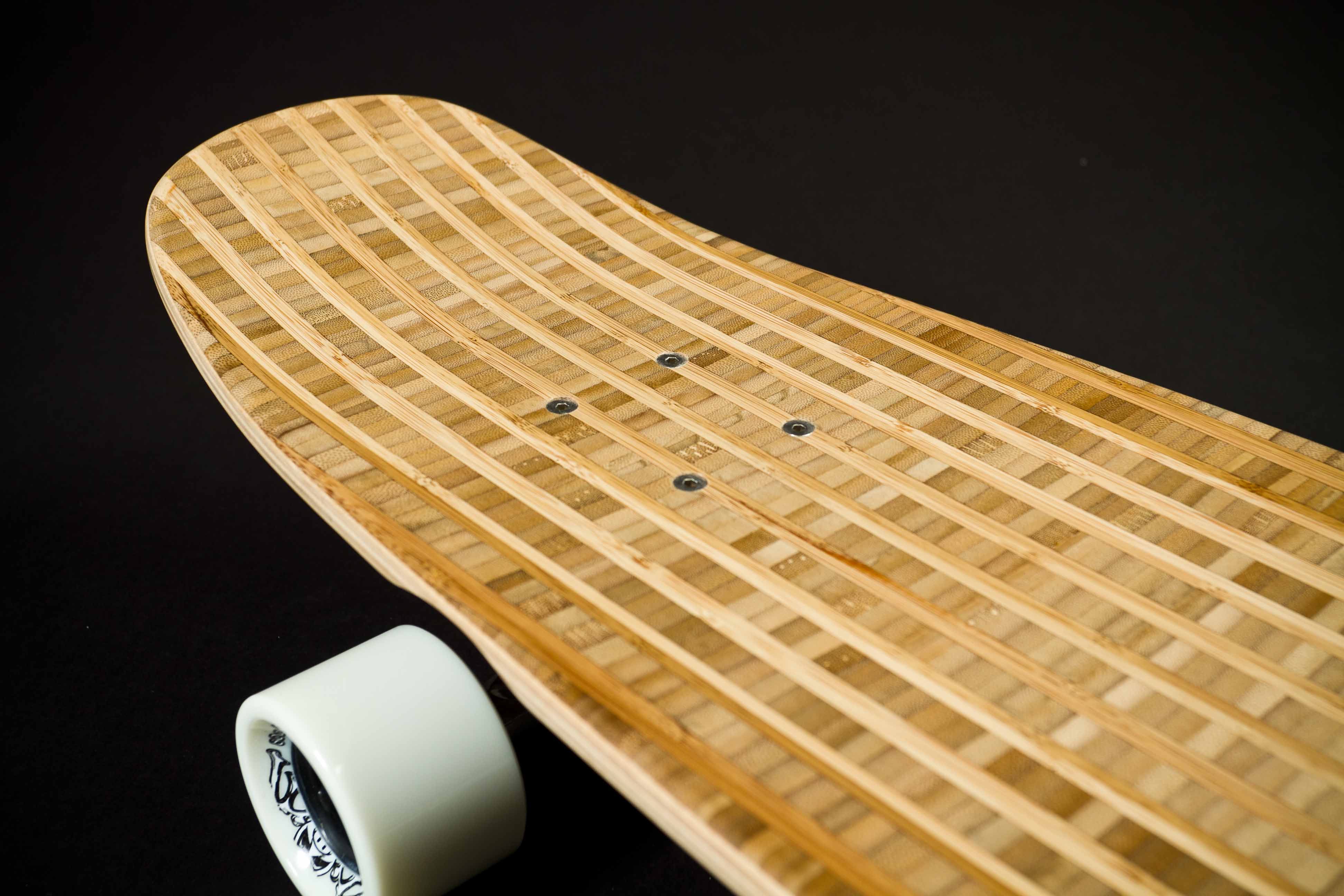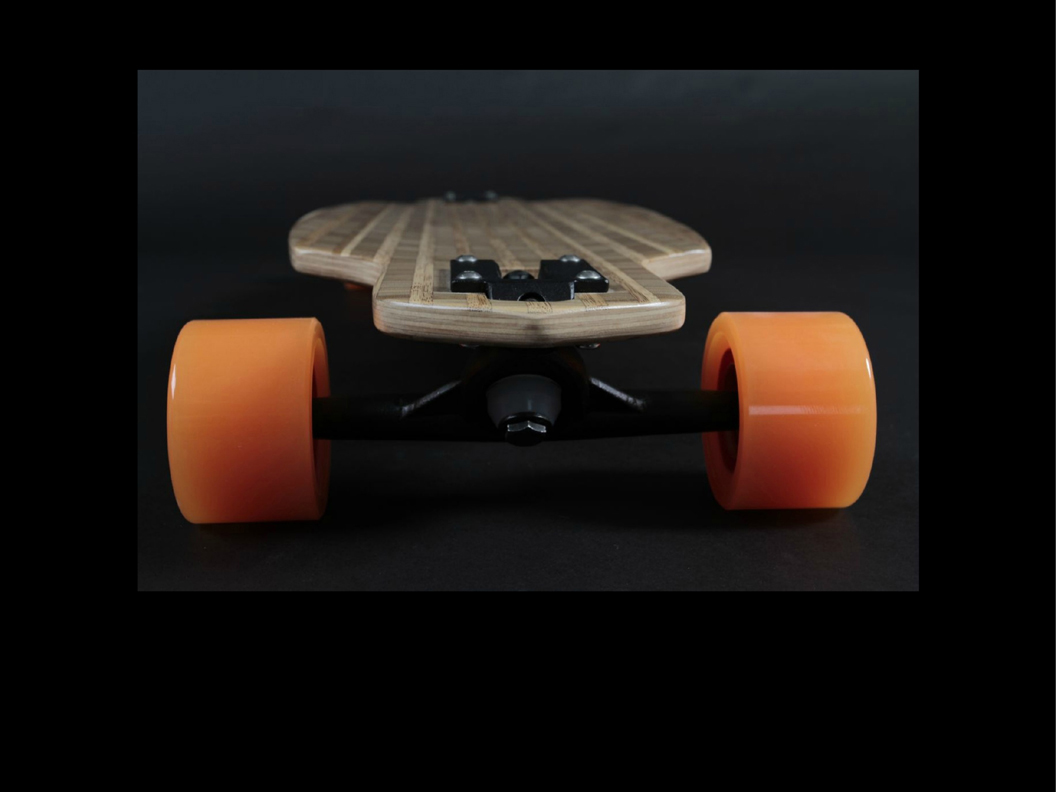Question
I'm re-veneering a maple dresser top for a customer that has a burn mark (wouldn't sand out) from a lamp. Contact cement is made for laminate, but what is best for veneer? I saw a post a few months back that addressed this issue, but can't find it. I don't want any checking or problems. Does anyone have any suggestions?
Forum Responses
(Cabinetmaking Forum)
From contributor F:
PVA (Poly Vinyl Acetate) which is both the common yellow glue and the more water proof white version is the mainstay of veneering these days. (I read recently that the term Aliphatic Resin is actually meaningless and that yellow glue is actually PVA.)
Also used commonly is urea formaldehyde two part glue which can be mixed with more or less of its catalyst to adjust the amount of open time you have before the pressure is applied. Also used and extremely waterproof is two part resorcinol glue which is usually brown in color.
Contact cement isn’t usually used by folks that truly know the business of veneering.
There are two primary families of adhesives used in wood veneering today (PVA's and Urea).
Urea, like concrete when it dries is rigid and permanent - think plywood (it is made with urea adhesive) and it cures by chemical reaction.
Pre-cat PVA's give you a little of both, more rigid than PVA and a little more malleable than Urea. They are the compromise adhesive but are not to be used with maple.
PVA poly vinyl acetate (aliphatic) behaves like candle wax. It can get solid but can be reactivated by heat and high humidity. When this happens, the glue can lose it's grip a bit, thereby allowing for bubbles and checking.
Contact is more easily reactivated by heat especially with today’s thin veneer. It also can be activated and lose its grip with some finishes. (I suspect those speakers were made with 1/8 or thicker veneer something we would call lumber today. Also, you were forced to hammer many years ago if you did not have a hydraulic. We have a PVA today that can be hammered like the old hide glue).
Plastic resin glue is thermal set glue which means it cannot be reactivated. It is really cool on curved pieces as there is no spring back. I did some curved veneered doors out of cherry that I sent to Yuma Arizona and was concerned. There was no problem at all using plastic resin glue. Maple is so dense that it expands and contracts more than most woods and so requires the best glue.
Maple, being a dense species, does not wet out well. A PVA, especially a thicker viscosity PVA, will have less water - thus less wet out and less grip. With less grip on the veneer and the inherent tension and stress of maple, it can more easily pull on a PVA glue line resulting in checking, cracking and blisters.
To the original questioner: FSV is indeed a PVA based adhesive. It has what the back room tech's call increased tackifiers and modifiers.
Anyhow, it was brought about for a few reasons;
1. Folks like the fast bond of contact, so we needed to develop a glue to give them that fast tack with a PVA and offer a better glue line when it comes to wood veneer.
2. It was developed to use with paperbacked veneer and again, offer a better bond than contact. Ideal for that last sheet at a field install.
3. You can hammer veneer with it.
2. Yellow has the same problem as with urea or plastic resin adhesive. Again you have to pressurize the entire surface 100% the same everywhere or you will develop dents and ripples.
3. Veneer grade contact can work if (1) you use two ply veneer so the little bumps from spraying the contact on don’t telegraph and (2) if you seal the veneer with shellac sanding sealer before finishing it. With both the yellow and urea adhesive you need to make a MDF blank and then laminate the blank on the underside so if the glue bleeds through it will not stick to the MDF.
The veneer needs to be oversized so if it moves it can be trimmed later. Roll the adhesive on the item to be veneered so it is even. Place veneer and then place the MDF. Load the MDF blank with weights from the center out. Wait four hours. Remove weights leave for twelve hours before finishing. Don’t roll contact adhesive it never comes out even - spray it. Let it dry to the point where it feels just slightly tacky. Watch out for dirt as even a little bit will cause major bumps in your work.


